African Artists and Digital Archives: Preserving Art for Future Generations
The art of Africa has always held an almost mystical fascination for those who have gazed upon it, captivated by its unique and powerful cultural expressions that span millennia. From the ancient rock paintings of the Sahara, to the magnificent bronzes of the Benin Empire, and the vibrant contemporary art scene that now flourishes across the continent, African art is a treasure trove of human creativity and history. Yet, as with all treasures, there are threats that loom large over this invaluable heritage, from the ravages of time and climate, to the loss of context and understanding that comes with each passing generation.
In this digital age, however, there is a new and potent weapon in the arsenal of those who would seek to preserve and celebrate African art: the digital archive. By harnessing the power of technology, these archives offer a means to not only safeguard the physical integrity of the artworks themselves, but to also ensure their accessibility and appreciation by people the world over. This journal shall explore the role of digital archives in preserving African art for future generations, delving into the advantages they offer to African artists, the initiatives that are already underway across the continent, and the challenges that must be overcome in order to fully realize their potential.
Advantages of digital archives for African artists
The benefits of digital archiving are manifold, particularly when it comes to the preservation of original artwork. By creating high-resolution digital copies of their creations, artists can ensure that their work is protected from the inevitable decay and damage that comes with age, as well as from the vagaries of fate that have seen countless masterpieces lost to fire, flood, and war. Moreover, digital archives greatly reduce the need for physical storage, which can be both costly and impractical, particularly in regions where climatic conditions are less than ideal for the long-term preservation of delicate materials.
Beyond the preservation of the artworks themselves, digital archives also serve to vastly increase their accessibility and global reach. Thanks to the internet, a digital archive can bring the richness and diversity of African art to an audience that spans the globe, transcending the limitations of geography and offering unprecedented opportunities for cultural exchange and artistic inspiration. In this way, digital archives hold the potential to not only preserve African art for future generations, but to elevate its profile and ensure that it receives the international recognition it so richly deserves.
Take, for example, the case of the Malian photographer Malick Sidibé, whose striking black and white portraits of the youth of Bamako in the 1960s and 1970s have captured the imagination of the world. Though his work had long been celebrated within Mali, it was the advent of digital archiving and the subsequent online dissemination of his images that brought him to the attention of a wider audience, ultimately earning him the prestigious Golden Lion for Lifetime Achievement at the Venice Biennale in 2007.
Digital archiving initiatives in Africa
Across the African continent, numerous digital archiving initiatives are already underway, each seeking to preserve and promote the region’s artistic heritage in its own unique way. Among the most notable of these are Africa Media Online, a South African-based organization that works to digitize and manage the collections of cultural institutions, and Aluka, an online library of scholarly resources from and about Africa, which includes a wealth of artistic material.
Another groundbreaking project is the Google Cultural Institute, which has partnered with a range of African museums and galleries to bring their collections to a global audience through its online platform. One such collaboration is with the National Museum of Kenya, which has seen the digitization of over 1,000 artifacts, including intricate wood carvings, beadwork, and textiles that showcase the incredible diversity of Kenyan artistic traditions.
The success of these initiatives relies heavily on the collaboration between artists, institutions, and governments, with each party bringing its own resources and expertise to the table. By working together, these stakeholders can overcome the challenges that digital archiving presents, and ensure that the artworks they seek to preserve are treated with the respect and care they deserve. In addition, partnerships with international organizations and tech companies can provide much-needed financial support and technical expertise, helping to bridge the gap between the aspirations of these initiatives and the realities of their implementation on the ground.
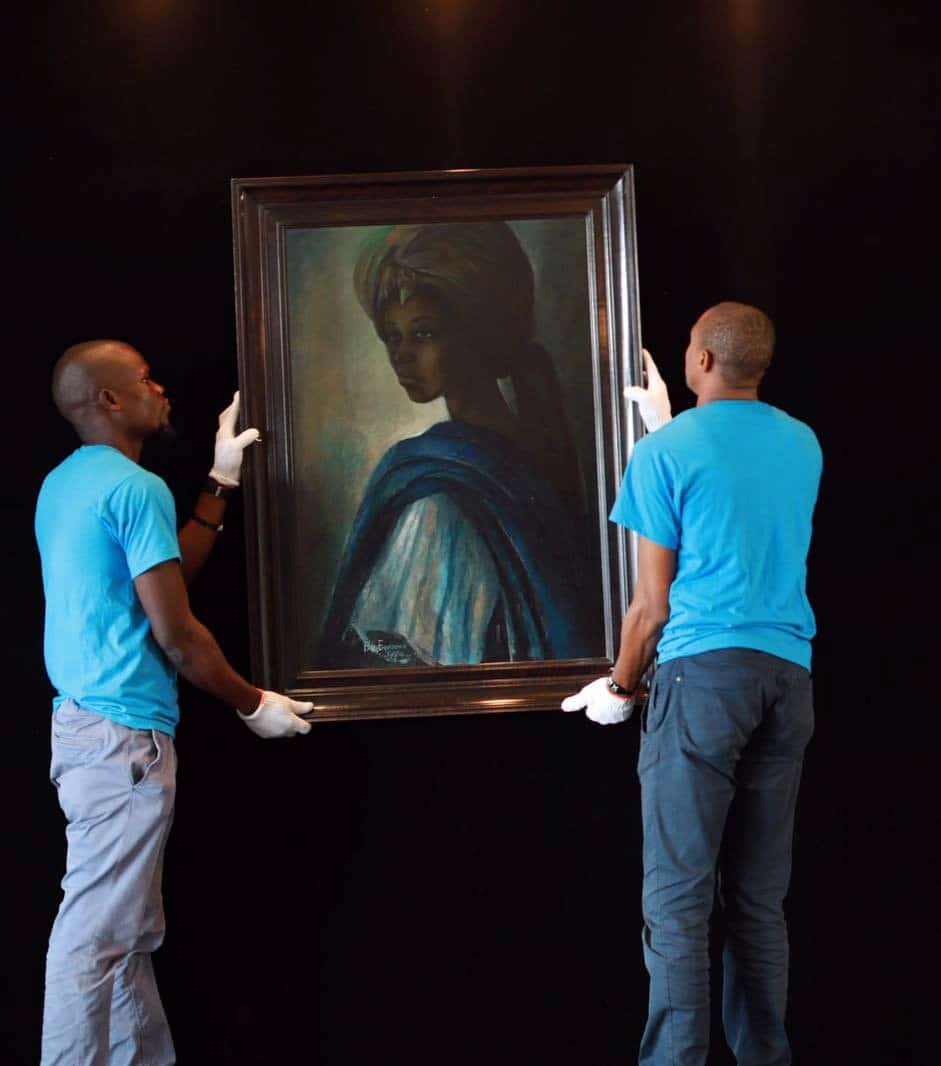
Challenges of digital archiving in Africa
Despite the promise that digital archives hold for the preservation and promotion of African art, there are numerous challenges that must be addressed in order to fully realize their potential. Chief among these is the issue of technical infrastructure, as many parts of the continent still suffer from limited internet accessibility, making it difficult for both artists and audiences to engage with digital archives in a meaningful way. Furthermore, the storage and management of vast amounts of digital data presents its own set of logistical hurdles, requiring expertise and resources that may not always be readily available.
Legal and ethical considerations also play a significant role in shaping the landscape of digital archiving in Africa. Intellectual property rights must be carefully navigated to ensure that artists retain control over their work and are fairly compensated for its use, while cultural sensitivity and ownership must be taken into account when dealing with artworks that hold deep spiritual or historical significance for the communities from which they originate.
Financial constraints represent another key challenge for digital archiving projects, as funding is often scarce and must be carefully allocated to ensure the long-term sustainability of these initiatives. Ongoing maintenance costs, such as server space, software updates, and staffing, must be taken into account when planning and budgeting for digital archives, lest they become little more than digital dust-gatherers, their treasures locked away from the very audiences they were intended to reach.

Future prospects and recommendations
Despite these challenges, the potential of digital archives to transform the way we engage with and appreciate African art remains undiminished. To fully harness this potential, however, concerted efforts must be made to address the issues that currently hinder the development and implementation of digital archiving initiatives on the continent.
Capacity building and skill development should be a key priority, with training provided for artists and archivists in the techniques and tools necessary for effective digital preservation. Promoting digital literacy among both creators and consumers of art will help to ensure that the benefits of digital archives are both understood and valued by the communities they serve.
Public-private partnerships can also play a crucial role in overcoming the financial and technical challenges that digital archiving faces in Africa. By collaborating with tech companies and leveraging international resources, these partnerships can provide the expertise and funding necessary to ensure the successful implementation of digital archiving initiatives.
Finally, advocacy and awareness are vital components in securing the future of African art. Encouraging artists to participate in digital archiving projects and promoting the importance of preserving their cultural heritage can help to foster a sense of collective responsibility and pride in the artistic treasures of the continent.
In conclusion, digital archives have the power to fundamentally alter the way we preserve and appreciate African art, offering a means by which to safeguard the physical integrity of these precious works while also ensuring their accessibility and enjoyment by future generations. By exploring the advantages that digital archives offer to African artists, the initiatives that are currently underway, and the challenges that must be faced, this journal has sought to highlight the importance of these innovative tools in the ongoing struggle to protect and celebrate the rich cultural heritage of Africa.
However, digital archives are not a panacea, and their success relies on the continued efforts and collaboration of artists, institutions, governments, and the global community. By investing in capacity building, fostering public-private partnerships, and raising awareness of the importance of preserving African art, we can ensure that the legacy of this incredible artistic tradition is not only preserved but thrives in the digital age.
Through the lens of case studies like Malick Sidibé and the partnerships between the Google Cultural Institute and African museums, we have seen the transformative potential of digital archives in action. These examples demonstrate the power of digital archiving in bringing African art to a global audience, elevating its profile, and opening doors for international recognition.
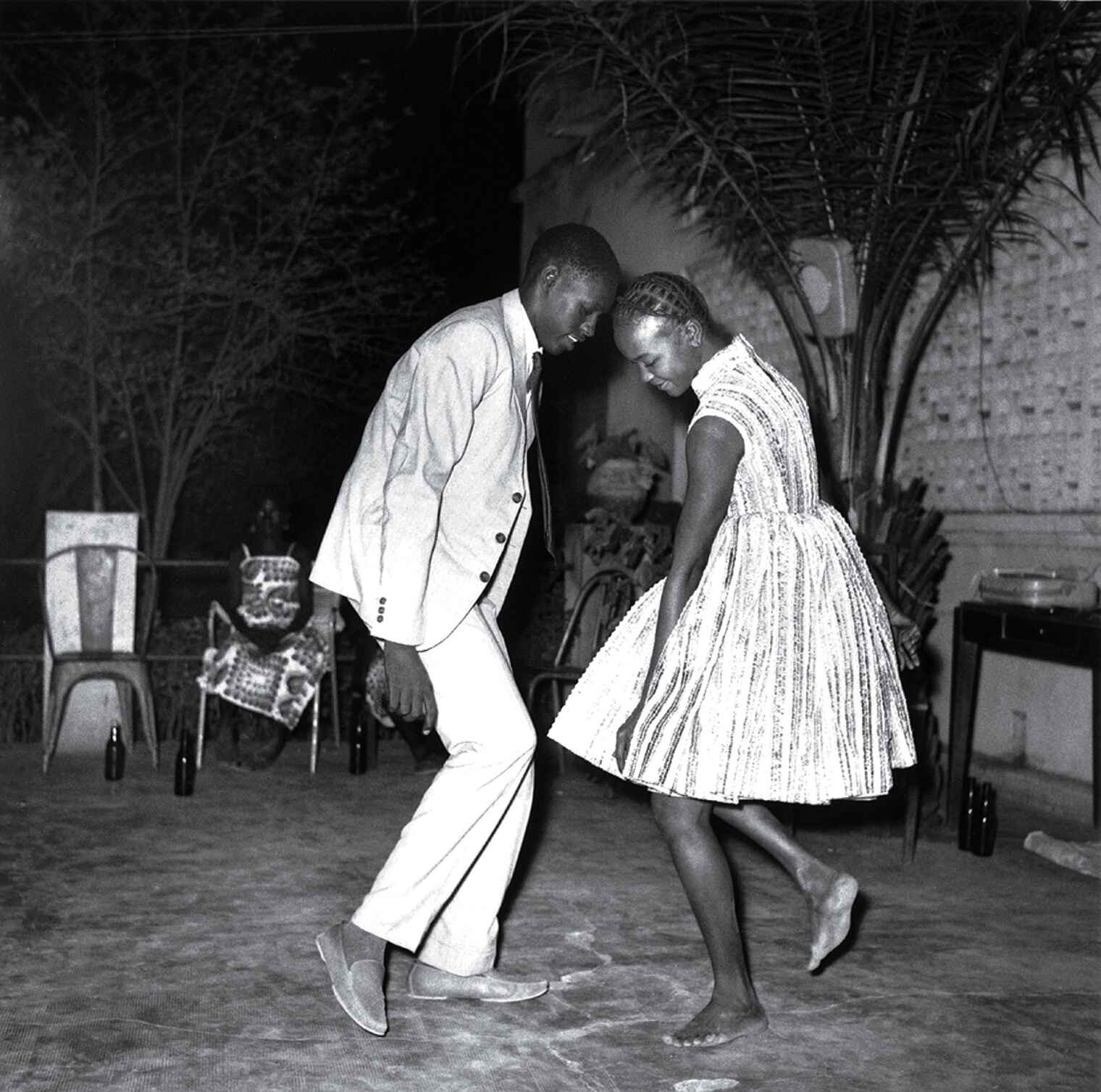
But the work is far from over. As we move forward, it is crucial that we continue to support and promote digital archiving initiatives, and actively seek out new and innovative ways to overcome the challenges that they face. In doing so, we can help to ensure that the rich and vibrant artistic heritage of Africa is not only preserved for future generations but continues to inspire and captivate audiences the world over, just as it has done for centuries past.
In the words of the great Nigerian writer Chinua Achebe, “Art is man’s constant effort to create for himself a different order of reality from that which is given to him.” By embracing the potential of digital archives and harnessing the power of technology, we can help to safeguard this different order of reality, and ensure that the artistic legacy of Africa remains a vital and enduring force in our increasingly interconnected world.

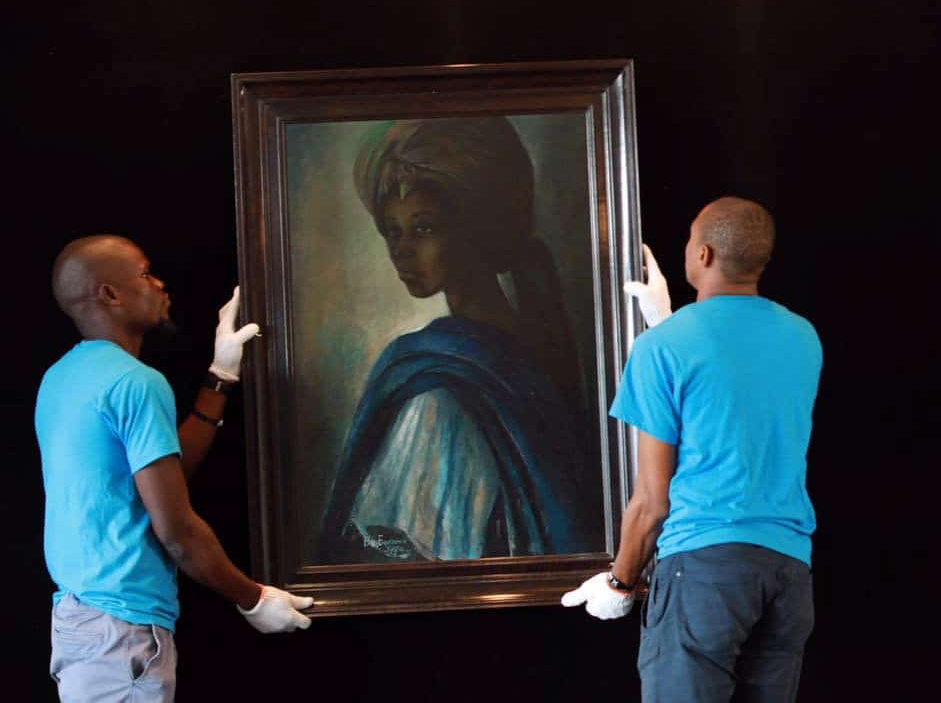
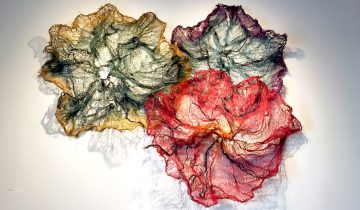
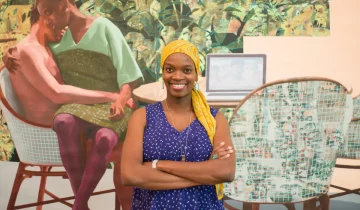

 No products in the basket.
No products in the basket.